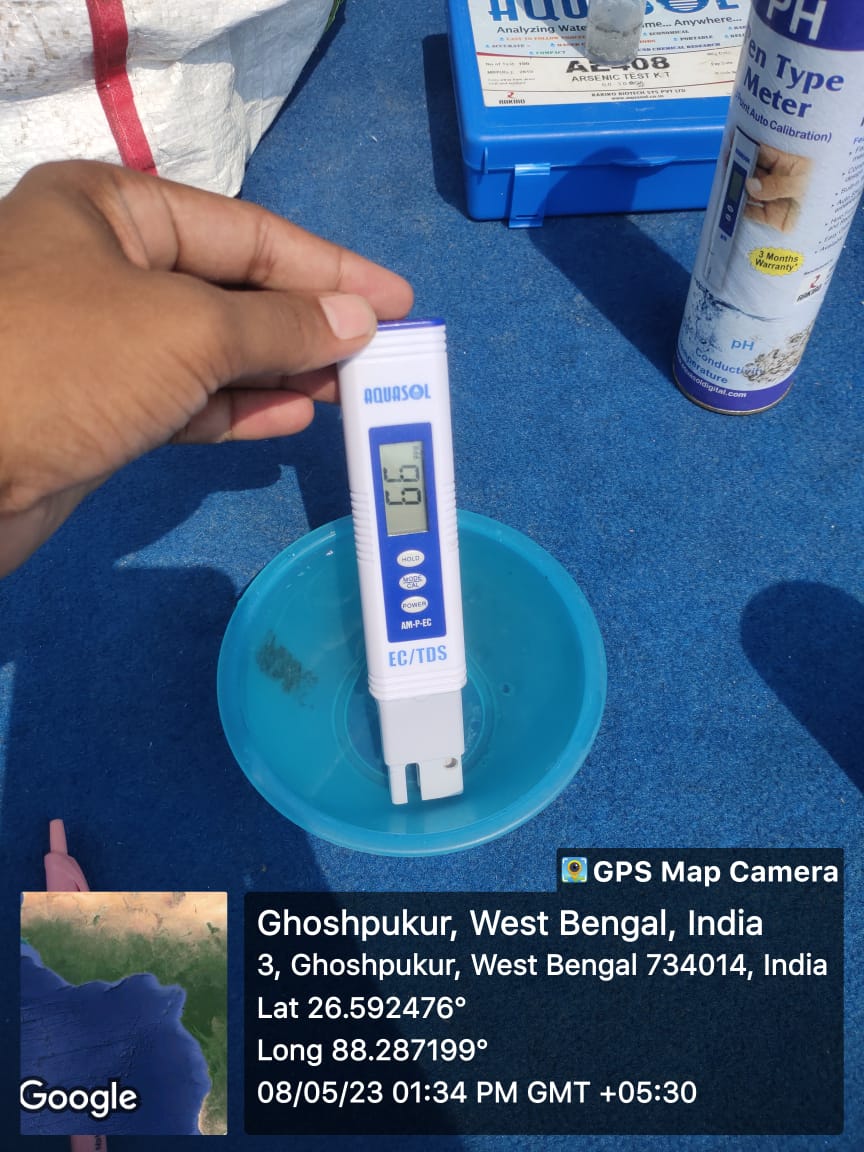Groundwater quality in West Bengal can vary across different regions of the state due to geological, hydrological, and anthropogenic factors. West Bengal faces several challenges related to groundwater quality. Some common issues:
- Arsenic Contamination: One of the most significant concerns in West Bengal is the presence of arsenic in groundwater. Arsenic contamination is widespread, particularly in the Gangetic delta region. Prolonged exposure to arsenic-contaminated water can lead to serious health problems.
- Fluoride Contamination: Some areas in West Bengal, particularly in the districts of Bankura, Purulia, and Birbhum, are affected by fluoride contamination in groundwater. High fluoride levels in drinking water can cause dental and skeletal fluorosis.
- Iron and Manganese: Elevated levels of iron and manganese are often found in groundwater in various parts of West Bengal. While these elements are not typically harmful in small amounts, high concentrations can affect the taste and color of water.
- Salinity Intrusion: In coastal areas, salinity intrusion is a concern, where seawater can penetrate freshwater aquifers. This can lead to increased salt content in the groundwater, making it unsuitable for drinking and agriculture.
- Nitrate Pollution: Agricultural activities and improper disposal of sewage can contribute to nitrate pollution in groundwater. High nitrate levels can pose health risks, particularly for infants, and can also lead to environmental issues.
